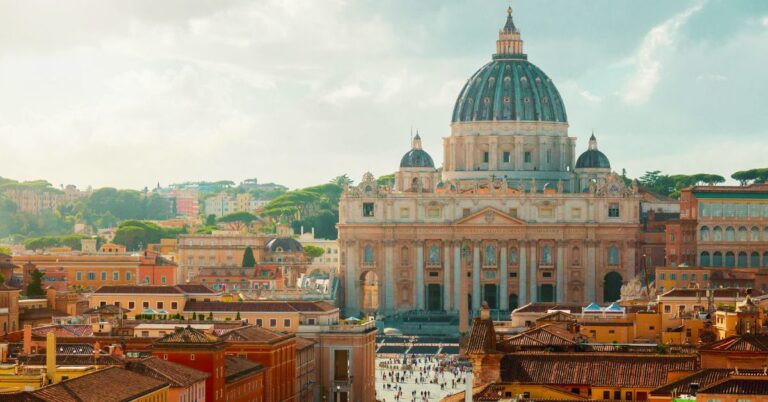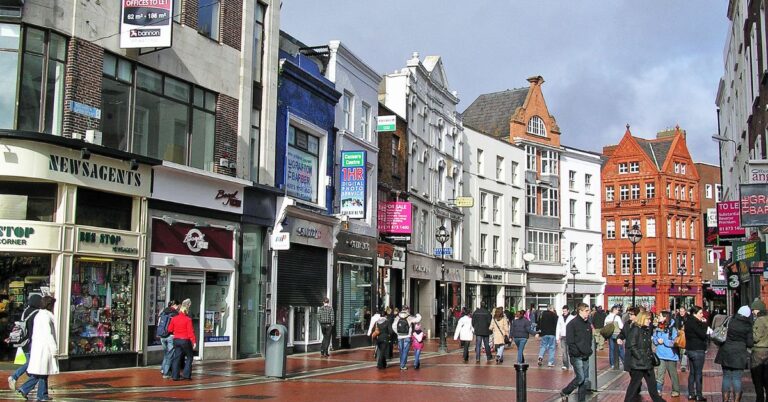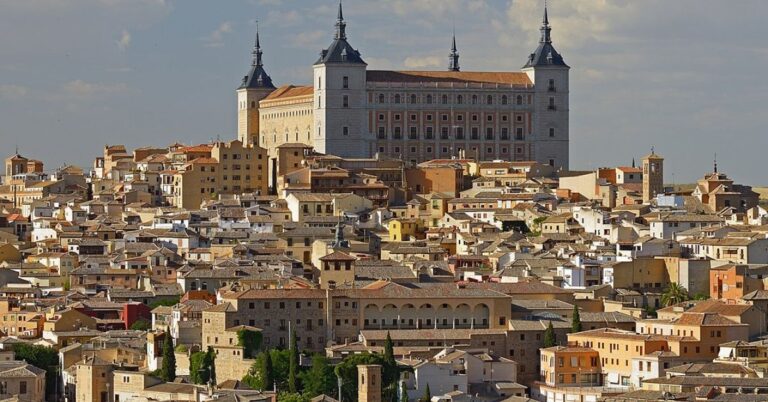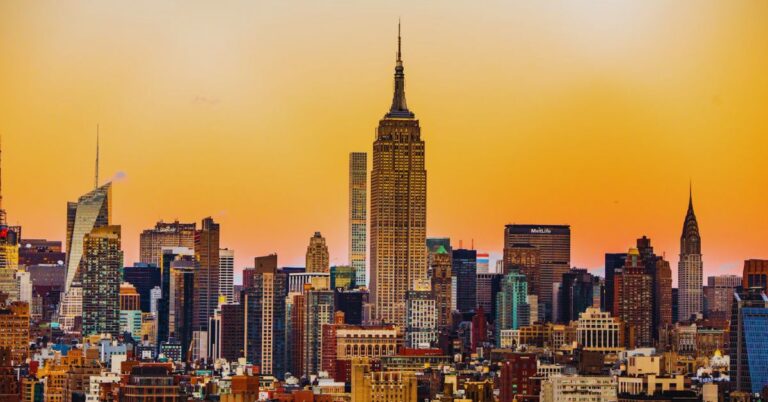25 Stunning German Cities
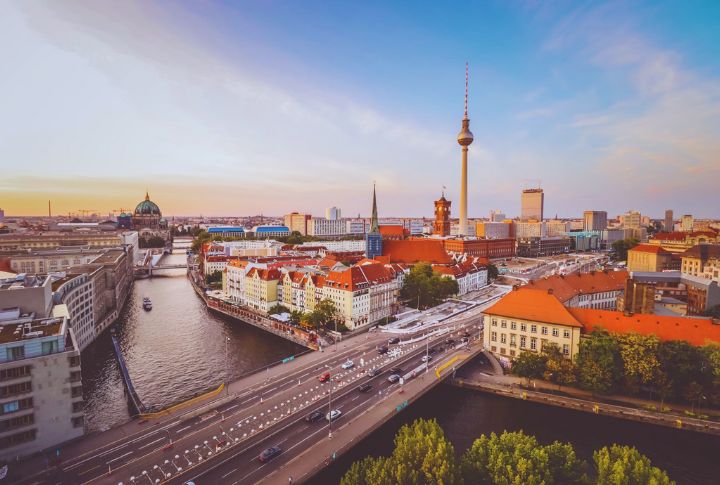
Think of Germany, and images of towering cathedrals and charming cobblestone streets come to mind, right? But there’s so much more to this vibrant country. It’s a collection of stories waiting to be explored by us. Explore 25 breathtaking cities that showcase the country’s rich culture. Trust us, these places are worth the journey.
Berlin
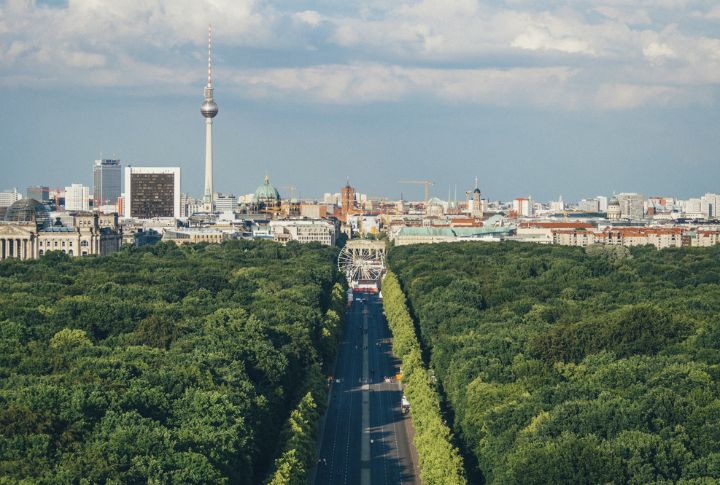
Few cities have reinvented themselves, like Berlin. The Brandenburg Gate, remnants of the Wall, and graffiti-tagged courtyards all coexist. It’s scrappy and steeped in rebirth. Cafes pop up in abandoned bunkers, and techno thrives in power plants—it’s a mash-up that somehow makes perfect sense.
Munich

Munich may love its beer halls, but it’s more than Oktoberfest. The Englischer Garten rivals Central Park, and the Pinakothek museums are as good as any other in Paris. Locals sip espresso in lederhosen next to Ferraris. It’s tradition and luxury stitched together with effortless cool.
Hamburg
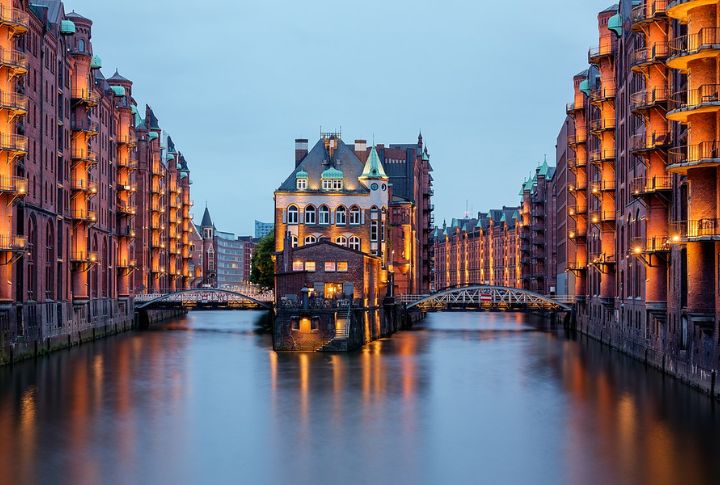
Speicherstadt’s red-brick maze and the wild Reeperbahn create a city that sails between grit and grace. Hamburg’s is hypnotic. And at twilight, the Elbe glows with container ship silhouettes, casting long shadows that feel oddly poetic.
Cologne
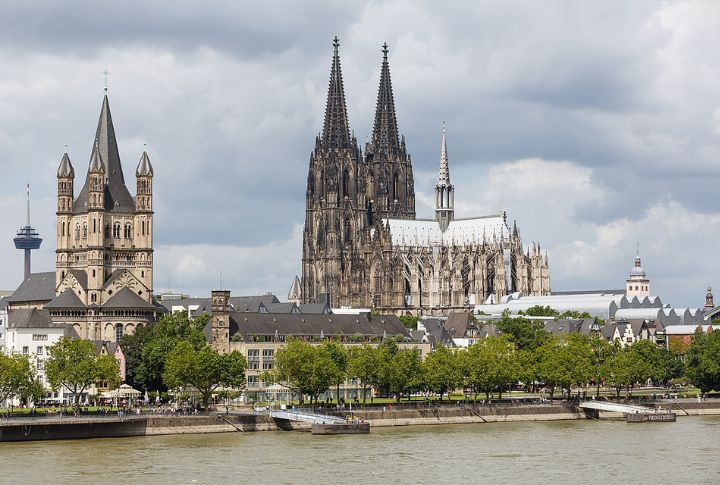
Locals care just as much about Kolsch beer and Karneval as they do about ancient churches. Roman ruins lie beneath shopping streets, while riverside paths meander through daily life. Cologne pairs grandeur with the joy you can drink from a tiny glass.
Frankfurt
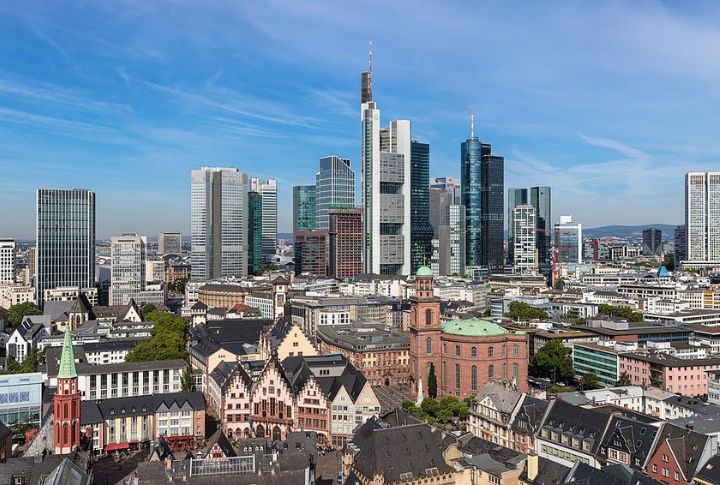
Sure, the skyline screams Wall Street, but step into the old town, and you’re in another era. Frankfurt has retained a blend of old and new after WWII. It truly surprises with cozy cider taverns, Goethe’s birthplace, and a world-class book fair. It’s polished yet grounded.
Stuttgart
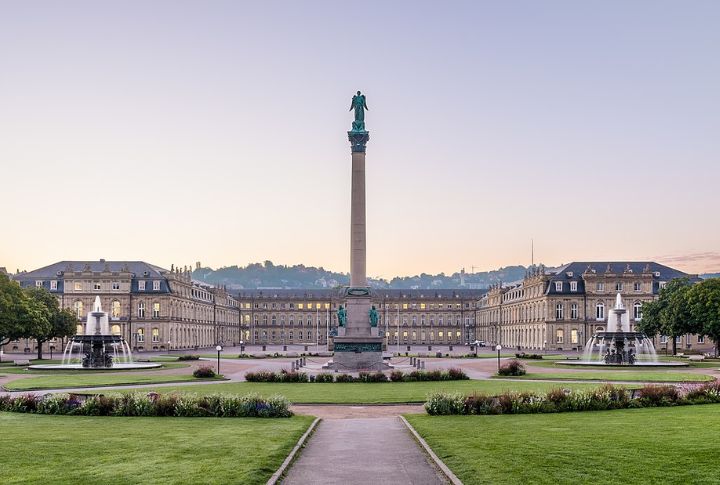
Vineyards creep into the city, and hilltop trails wind through peaceful forests. Stuttgart blends its mechanical side with natural calm; it’s where horsepower meets hillside harmony. Yes, Mercedes-Benz and Porsche museums are here, but they’re only part of the story.
Heidelberg
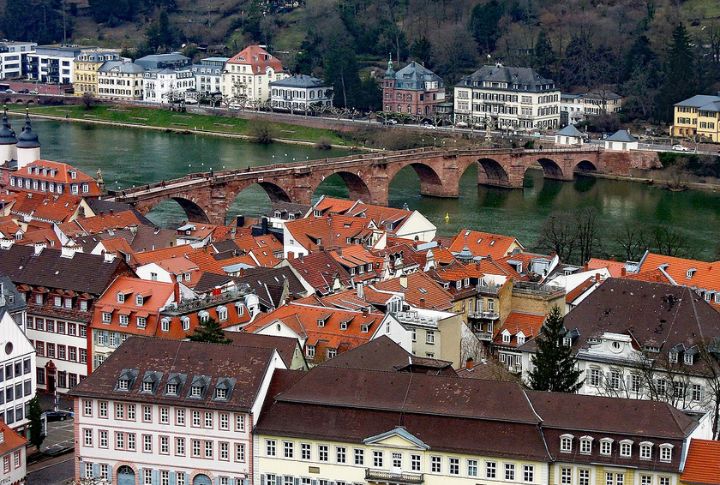
Church bells echo across the old town, students picnic along the river, and ivy climbs castle ruins. Walking through all of its beauty feels like turning pages in a quiet poem—slow and brimming with history. Heidelberg is soft and full of soul.
Nuremberg
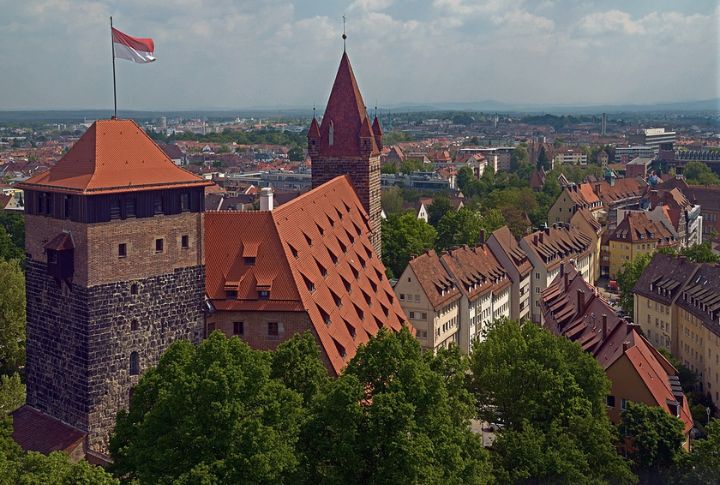
Nuremberg’s half-timbered houses and towering castles hold centuries of stories, but they now stand beside design shops and bold street art. The city’s past lingers in the bricks, but its pulse is in the present. Don’t expect a museum; expect movement and style.
Leipzig
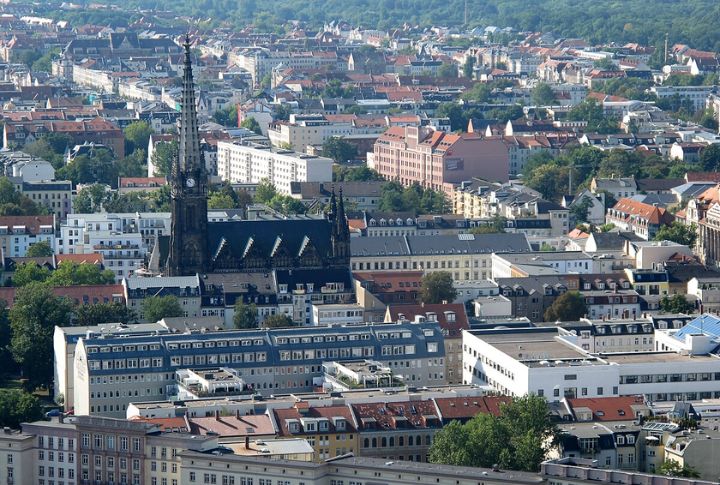
Indie galleries now thrive in former factories, and murals stretch across old concrete walls. Music still pulses, from concert halls to underground clubs to picking up where Bach once left off. Leipzig’s creative energy reinvents the present on its terms.
Bremen
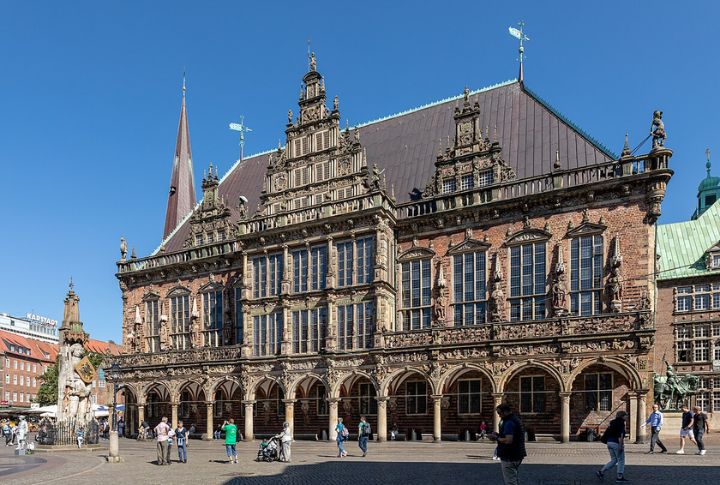
Crooked houses and narrow lanes lead you through a city that feels like it leaped from a storybook. River cafes bustle, and a lived-in warmth lingers. The Roland statue still stands in the square—a silent witness to Bremen’s everyday magic.
Dusseldorf
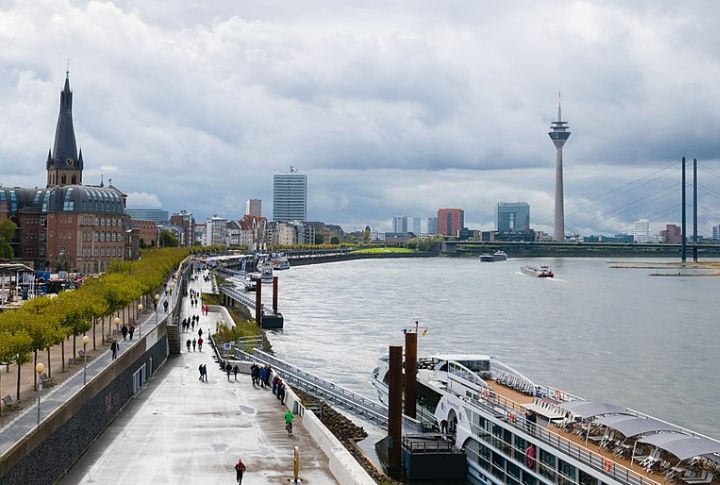
The Rhine promenade buzzes with joggers and buskers. Avant-garde galleries mingle with old-town pubs to create a successful visual contrast. Style breathes through the streets, from sharp tailoring to spontaneous streetwear. Dusseldorf moves with flair but never loses its cool.
Freiburg Im Breisgau
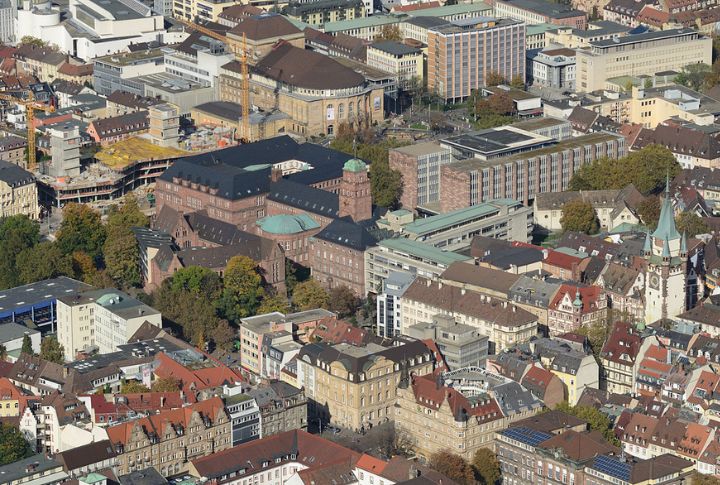
Its car-free center hums with bikes and solar panels. Medieval towers rise near university cafes, and the forest begins practically at your doorstep. Freiburg basks in sunshine and green thinking. This is a city where old stone meets forward motion without fanfare.
Rothenburg Ob Der Tauber
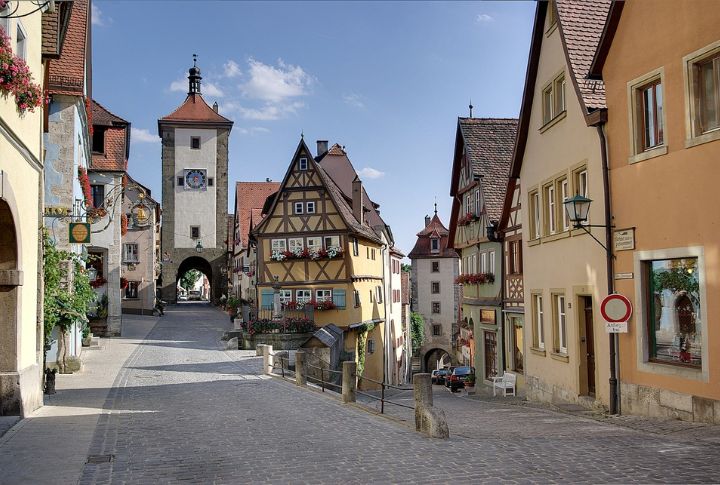
Cobbled streets twist past turreted walls and gingerbread rooftops, drawing you deep into the city’s time-warped embrace. Even skeptics fall under its spell, charmed despite themselves. Step through the gates and Rothenburg unfolds like a dream you didn’t expect to believe in.
Lubeck
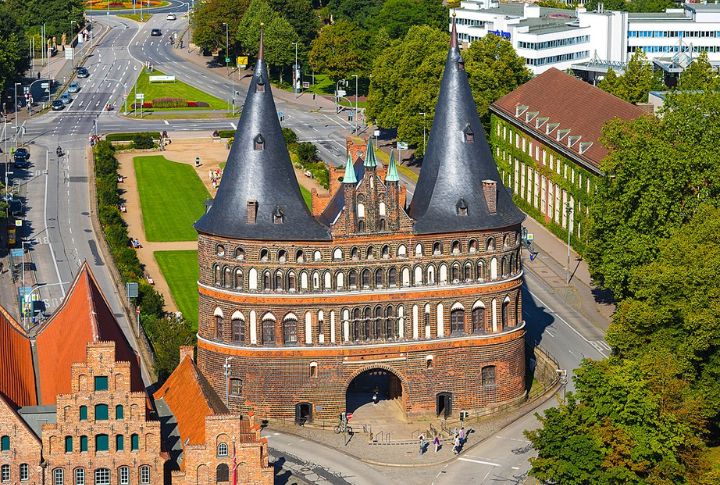
What keeps Lubeck unforgettable long after the marzipan is gone? Brick Gothic churches still cluster near the merchant quarter, whispering of trade winds and Hanseatic ambition. Quiet canals mirror the twin towers of Holstentor—timeless sentinels in a city that’s always balanced commerce with character.
Regensburg

Regensburg’s cathedral rises above twisting alleys that still follow ancient Roman paths. Students gather in beer gardens that hum with conversation to add a youthful spark to stone surroundings. And yes, that 12th-century stone bridge still arches over the Danube, steady and watching it all unfold.
Wurzburg

The Wurzburg Residence gleams in the distance, an extravagant slice of Baroque artistry. With a glass of Franconian wine, you cross the old bridge into a city where elegance feels utterly relaxed. Warm breezes drift through sunlit plazas as Wurzburg slowly reveals its vineyard-wrapped calm.
Mainz
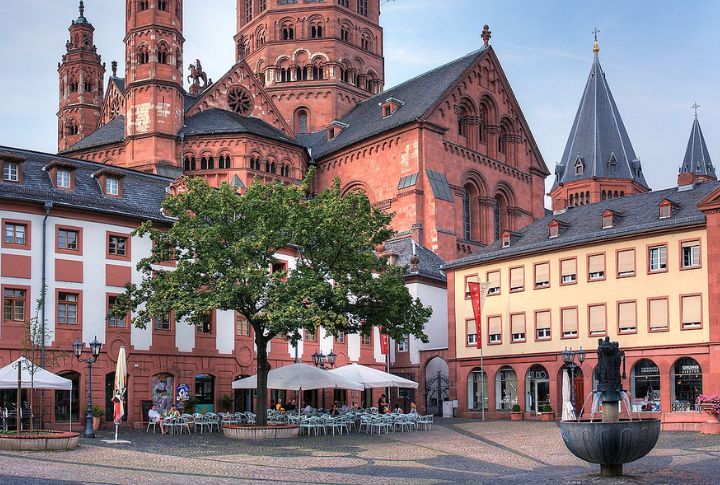
Roman ruins and Riesling vineyards shape a city that’s as spontaneous as it is scholarly. Mainz may be Gutenberg’s turf, but the quirky festivals and centuries-old streets steal the spotlight. Books started a legacy, but what has kept it going is everything else.
Augsburg
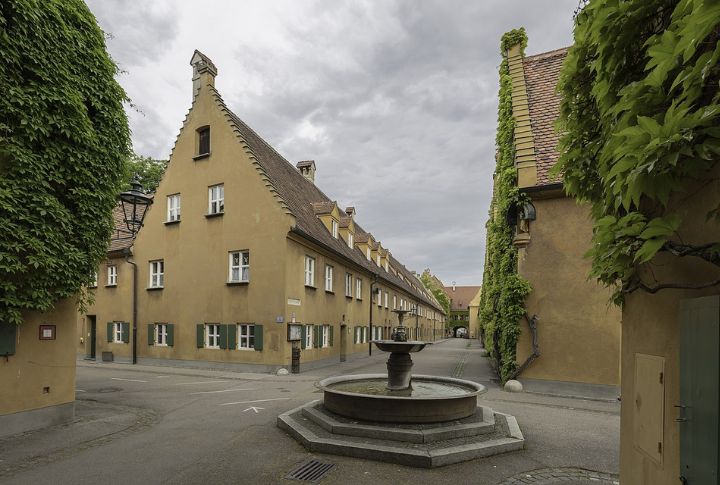
Augsburg was once dazzled with Renaissance grandeur and booming banking halls. Today, its pride is quietly anchored in community and legacy. The Fuggerei, the world’s oldest social housing complex, is still inhabited and tells a story few other cities remember to share.
Koblen
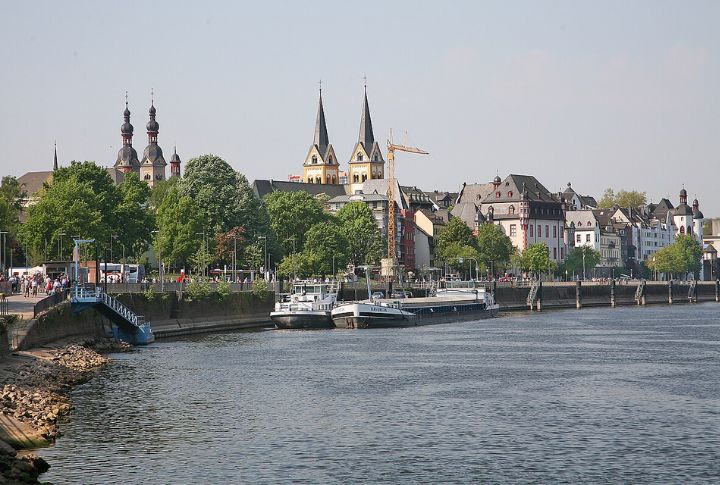
Cable cars glide above hilltop castles to offer a view that stretches into myth. The looming fortress watches over riverbanks where history once marched. And at the Deutsches Eck, where the Rhine and Moselle meet, Koblenz quietly claims its place, less a secret, more a revelation.
Trier

Porta Nigra and a Roman amphitheater still ground Trier in its imperial origins. Yet modern-day university life hums through market squares and cafes. The stones may be old, but the city’s rhythm is unmistakably alive. Once ruled by emperors, it’s now driven by energy.
Munster

The peace treaty signed here helped redraw Europe’s map, but Munster never stayed frozen in history. Ride slow and take it in. Bikes, here, outnumber cars by design. Gothic churches and baroque palaces still shape the skyline to anchor a city as thoughtful as fluid.
Potsdam
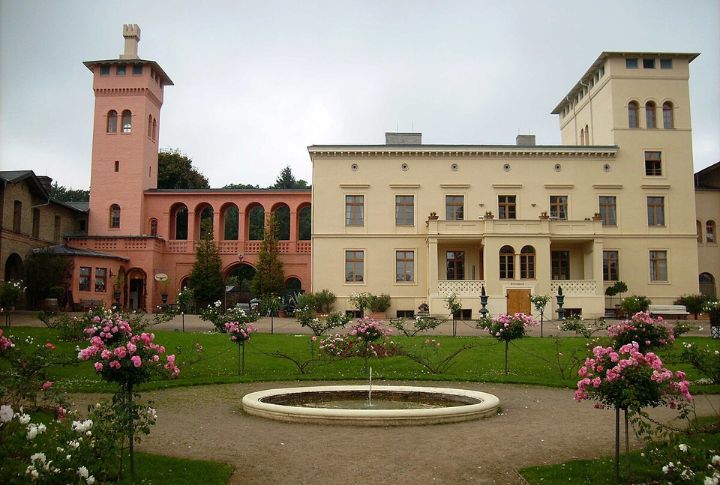
Beyond the royal estates, Potsdam drifts at its own pace, light and quietly self-assured. Sanssouci may catch the spotlight, but it’s just one movement in a larger composition. The real rhythm? It lives in lakeside cafes and the calm confidence Berlin never quite captures.
Erfurt
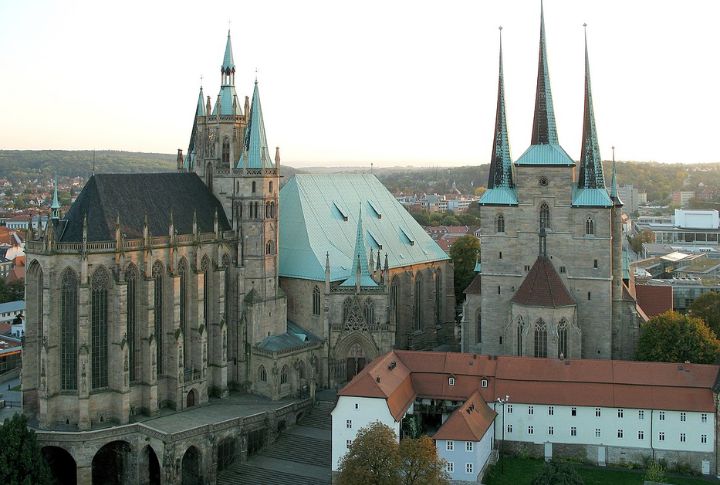
Cobbled streets coil around spires and merchant houses like ribbons through history. Erfurt hums with daily life, its rhythm quiet but unmistakable. Martin Luther studied here, yet the city’s identity is shaped just as much by its ongoing pulse as by its education.
Dresden
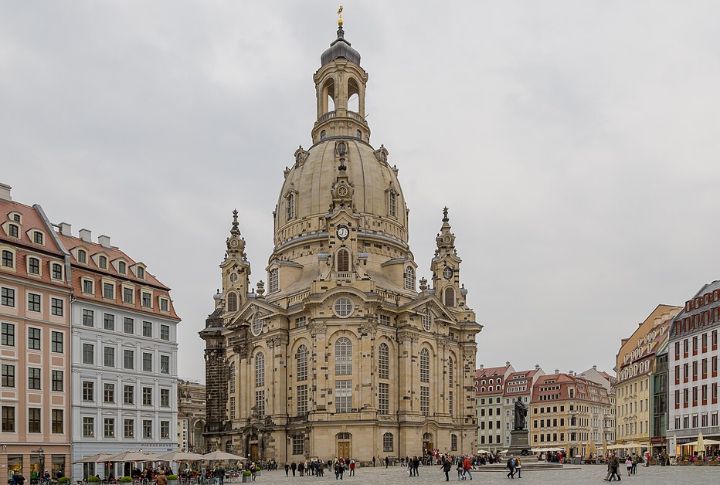
Dresden resurrected itself—stone by stone—after being blasted flat in WWII. The Frauenkirche, rebuilt from rubble, stands as proof. Its beauty hides something deeper, an enduring strength shaped by history. A phoenix made of sandstone, this city wears its rebirth with quiet pride.
Gorlitz
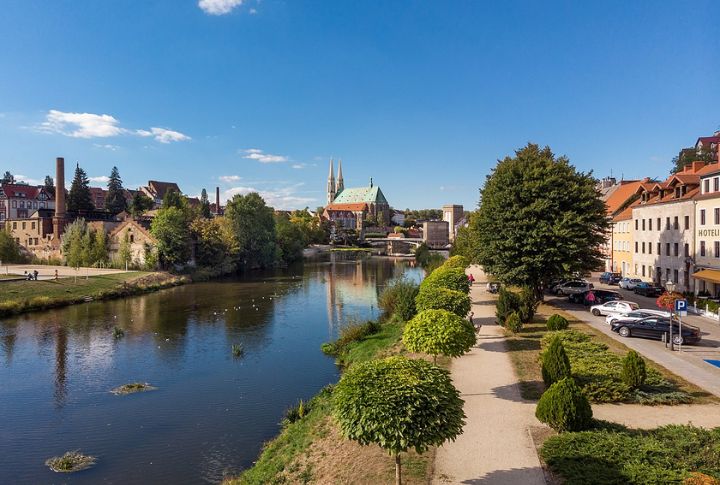
Renaissance courtyards and Art Nouveau facades stretch like film sets waiting for action. Gorlitz sits partly in Poland, but borders here blur into the atmosphere, not barriers. No wonder filmmakers flock to it—every turn frames a shot, and every alley feels touched by storytelling.

